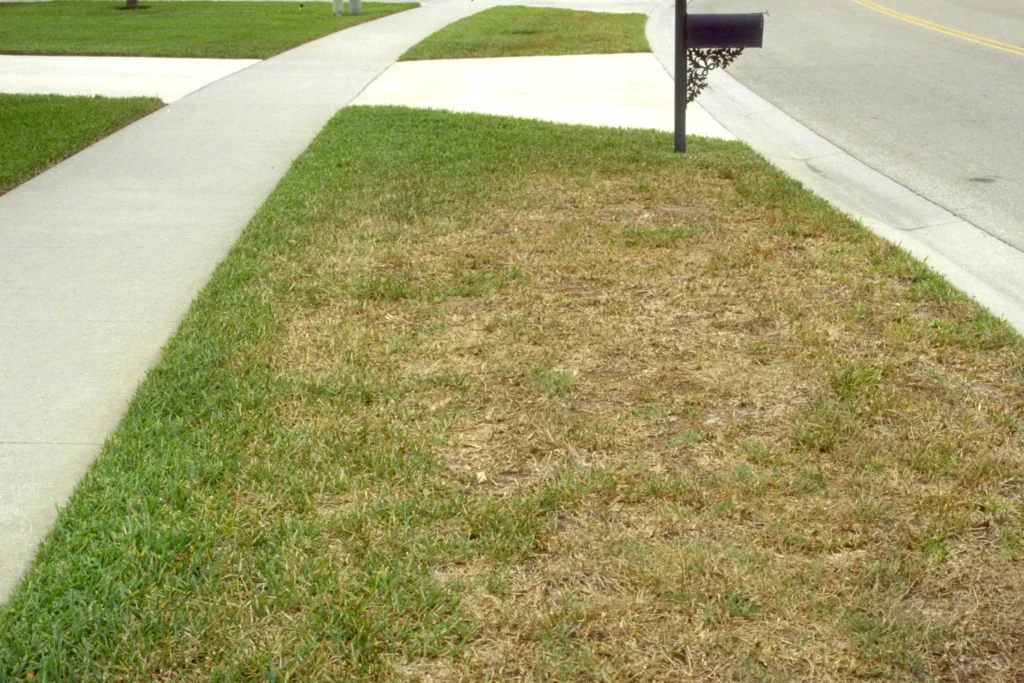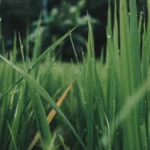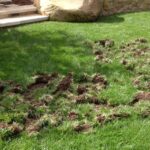Maintaining a lush and healthy lawn in Illinois can be a challenging task, particularly when faced with common pests like chinch bugs. These tiny insects may seem inconspicuous, but their voracious appetites and destructive tendencies can quickly turn a vibrant green lawn into a patchy, brown landscape. In this blog post, we will delve into the world of chinch bugs in Illinois, exploring their characteristics, the signs of an infestation, and most importantly, effective strategies for control and prevention.
Understanding Chinch Bugs: Chinch bugs are small insects that are prevalent in the United States, including Illinois, and pose a significant threat to lawns. Two common species found in the region are the hairy chinch bug and the southern chinch bug. These pests are usually about 1/6 to 1/5 inch long and have black bodies with white wings.
Signs of Infestation: Detecting chinch bug infestations early is crucial to prevent extensive damage to your lawn. Keep an eye out for the following signs:
- Yellowing and browning patches: Chinch bugs suck sap from grass blades, causing them to turn yellow and eventually brown. These patches are often irregularly shaped and expand over time.
- Wilted or dead grass: Affected grass may appear wilted, even when adequately watered. In severe infestations, grass may die, leaving behind bare soil.
- Presence of chinch bugs: Carefully inspect the damaged areas by parting the grass and looking for the tiny insects. Chinch bugs tend to congregate near the soil surface, where they feed on grass stems.
Effective Control and Prevention Strategies: While dealing with chinch bugs can be frustrating, implementing the following control and prevention strategies can help you protect your lawn:
- Proper lawn maintenance: Maintaining a healthy lawn is the first line of defense against chinch bug infestations. Regularly mow your lawn to an appropriate height and follow a consistent watering schedule to discourage chinch bug activity.
- Monitor your lawn: Regularly inspect your lawn for signs of chinch bug damage, especially during hot and dry periods when they are most active. Early detection can prevent widespread damage.
- Insecticidal control: If an infestation is confirmed and the damage is extensive, insecticides may be necessary. Consult with a professional or your local extension office to identify suitable insecticides and follow the recommended application methods.
Conclusion: Protecting your lawn from chinch bugs in Illinois requires vigilance, proper maintenance, and swift action when infestations occur. By being proactive and implementing the control and prevention strategies outlined in this blog post, you can safeguard your lawn from these notorious pests. As always, Greener Living is happy to help you with any of your pest control concerns with your lawn. Feel free to call our office with any concerns today.


